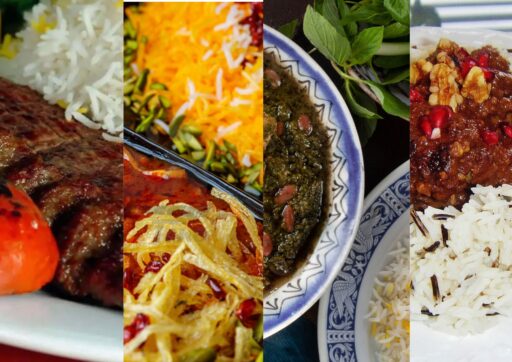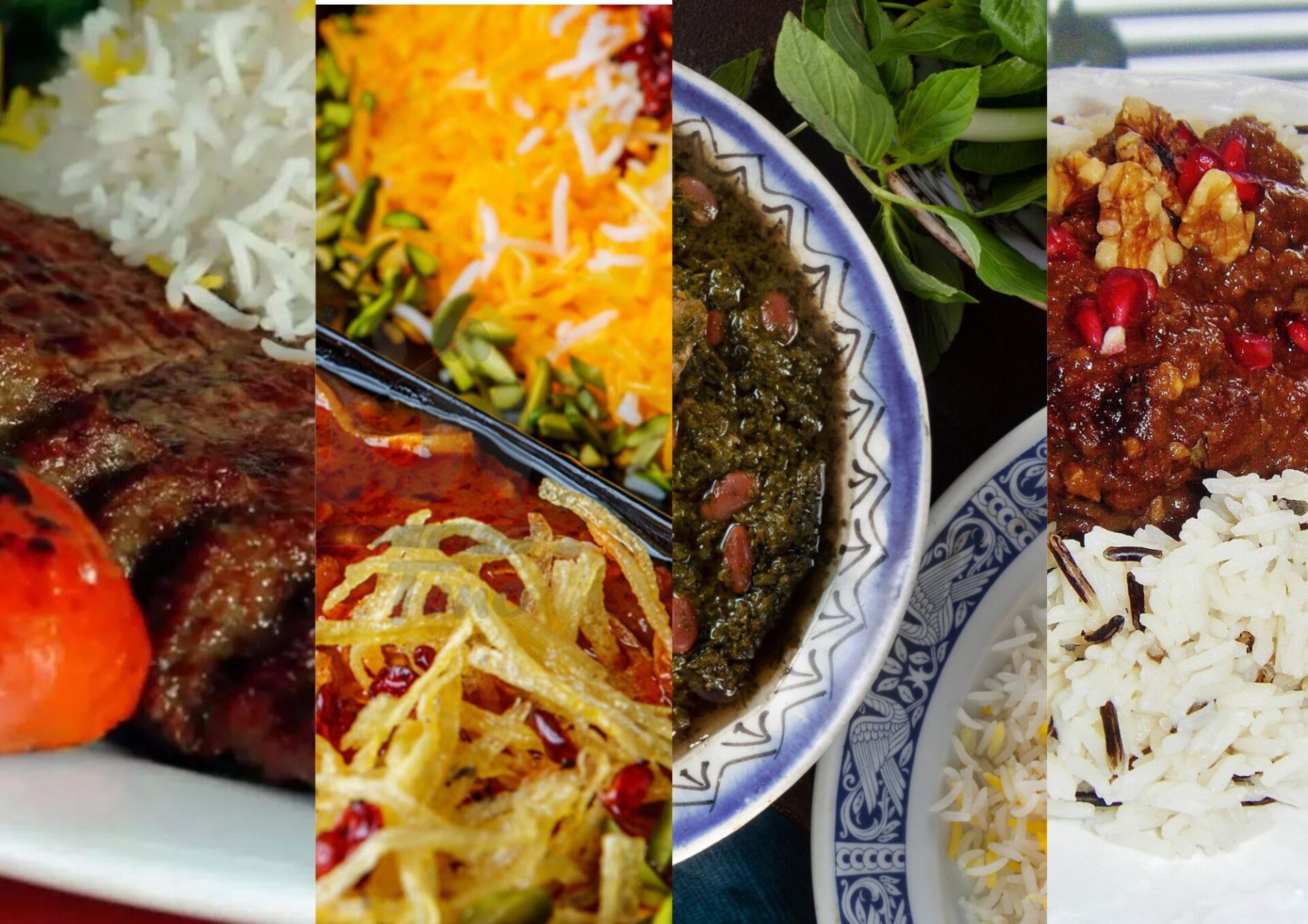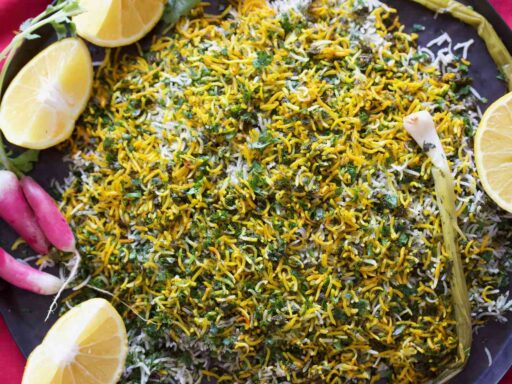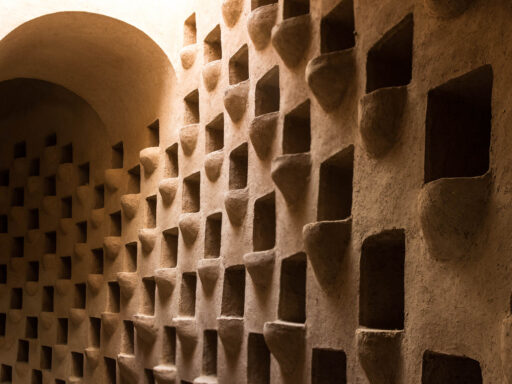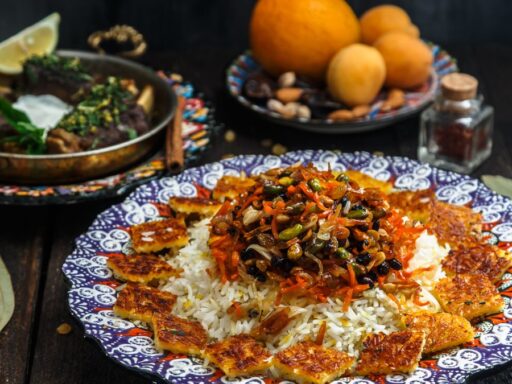Introducing an amazing iranian food called Chelow
Iranian cuisine, celebrated for its intricate flavors, aromatic spices, and rich cultural heritage, features many dishes that have stood the test of time. Among these, Chelow holds a special place as a cornerstone of Persian gastronomy. Chelow, or Persian steamed rice, is not merely a staple; it is a culinary art form that exemplifies the elegance and precision of Iranian cooking. This article delves into the world of Chelow, exploring its historical roots, cultural significance, preparation methods, and the various dishes that accompany it. Join us on this culinary journey to discover why this food is much more than just rice in Iranian cuisine.
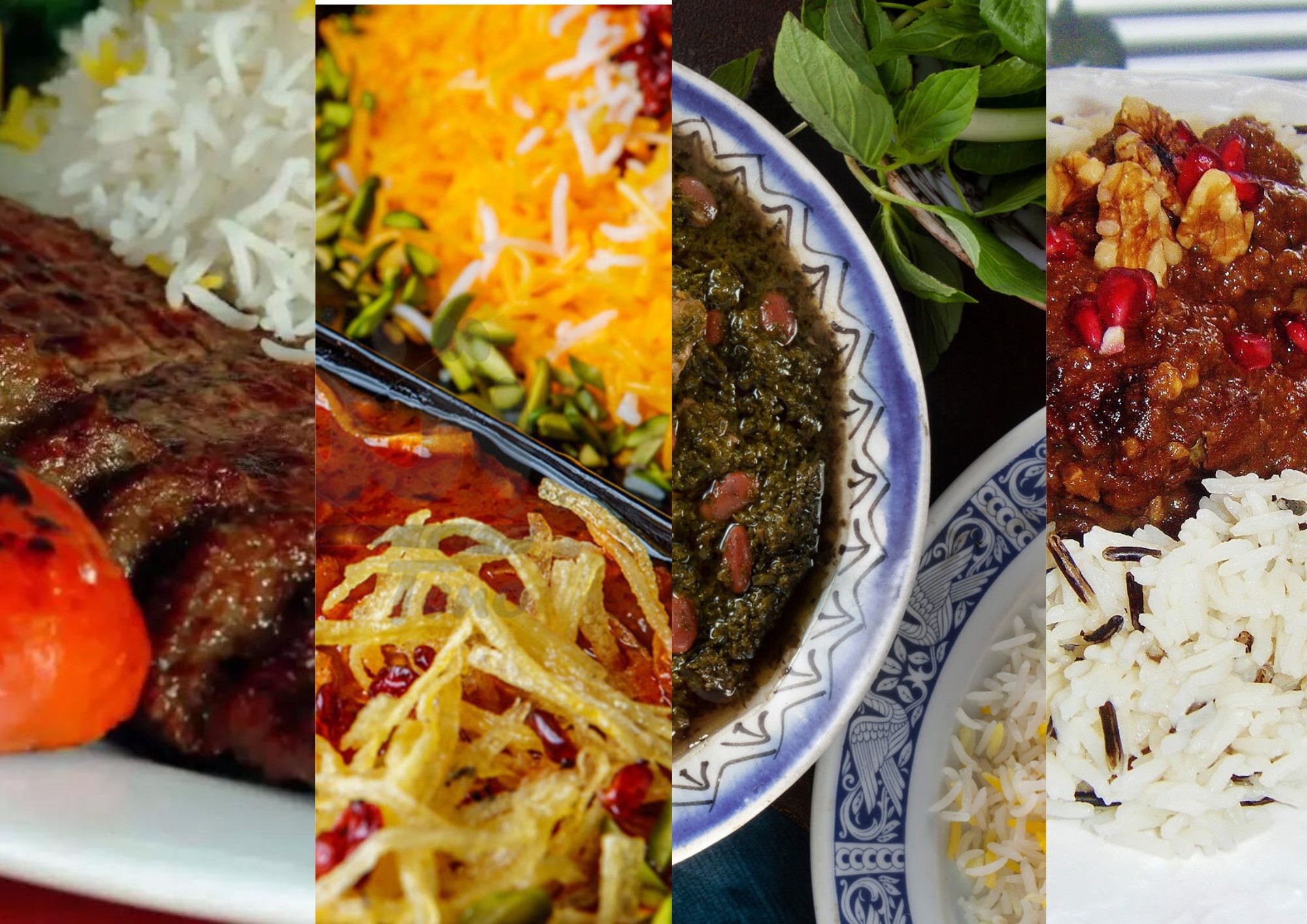
The Historical Roots of Chelow
Ancient Beginnings
The history of rice in Iran dates back over a millennium, with evidence of rice cultivation and consumption traced to the early Islamic period. The introduction of rice to Persia is believed to have come through trade with India and Southeast Asia. Over centuries, rice became integral to Persian cuisine, evolving into the refined dish known as Chelow.
Evolution Through Dynasties
Throughout various Persian dynasties, from the Safavids to the Qajars, Chelow was perfected and celebrated in royal kitchens. The meticulous process of washing, soaking, and steaming rice was elevated to an art form, reflecting the sophistication and grandeur of Persian culinary traditions. Chelow became synonymous with Persian hospitality and excellence in cooking.
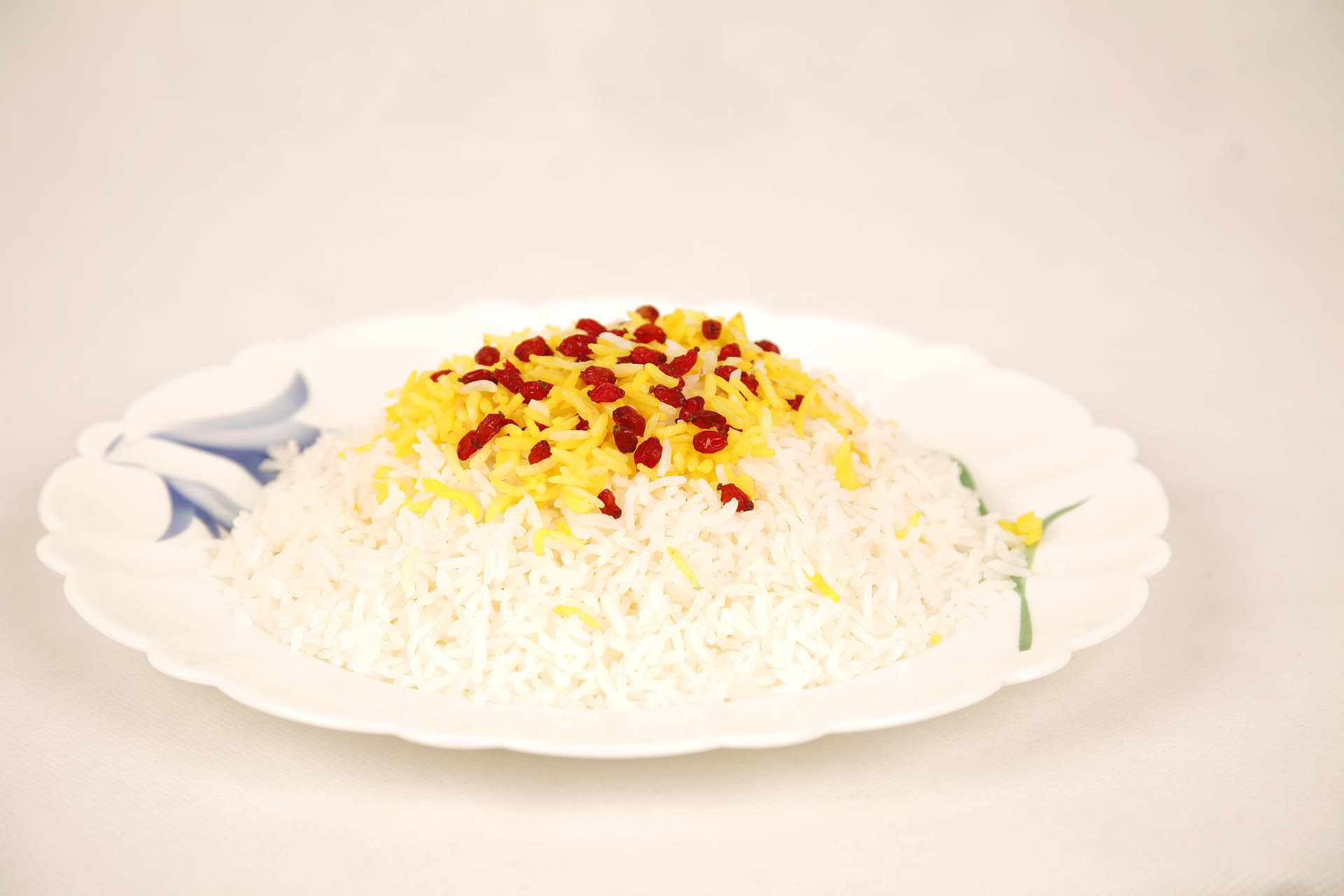
The Cultural Significance of Chelow
A Symbol of Hospitality
In Iranian culture, food is a vital expression of hospitality and social bonds. Chelow, often served during important gatherings, weddings, and celebrations, symbolizes generosity and the warmth of Persian hospitality. The effort put into preparing perfect Chelow demonstrates respect and care for guests.
Accompanying Dishes
This food is rarely served alone. It is typically paired with a variety of flavorful stews (khoresh), kebabs, and other side dishes. This combination not only highlights the versatility of Chelow but also showcases the rich diversity of Iranian cuisine. Popular accompaniments include:
- Chelow Kebab: Juicy skewers of marinated meat served with buttery rice.
- Khoresh-e Ghormeh Sabzi: A herb stew with meat and beans, offering a vibrant contrast to the rice.
- Khoresh-e Fesenjan: A sweet and tangy walnut and pomegranate stew, creating a harmonious blend of flavors.
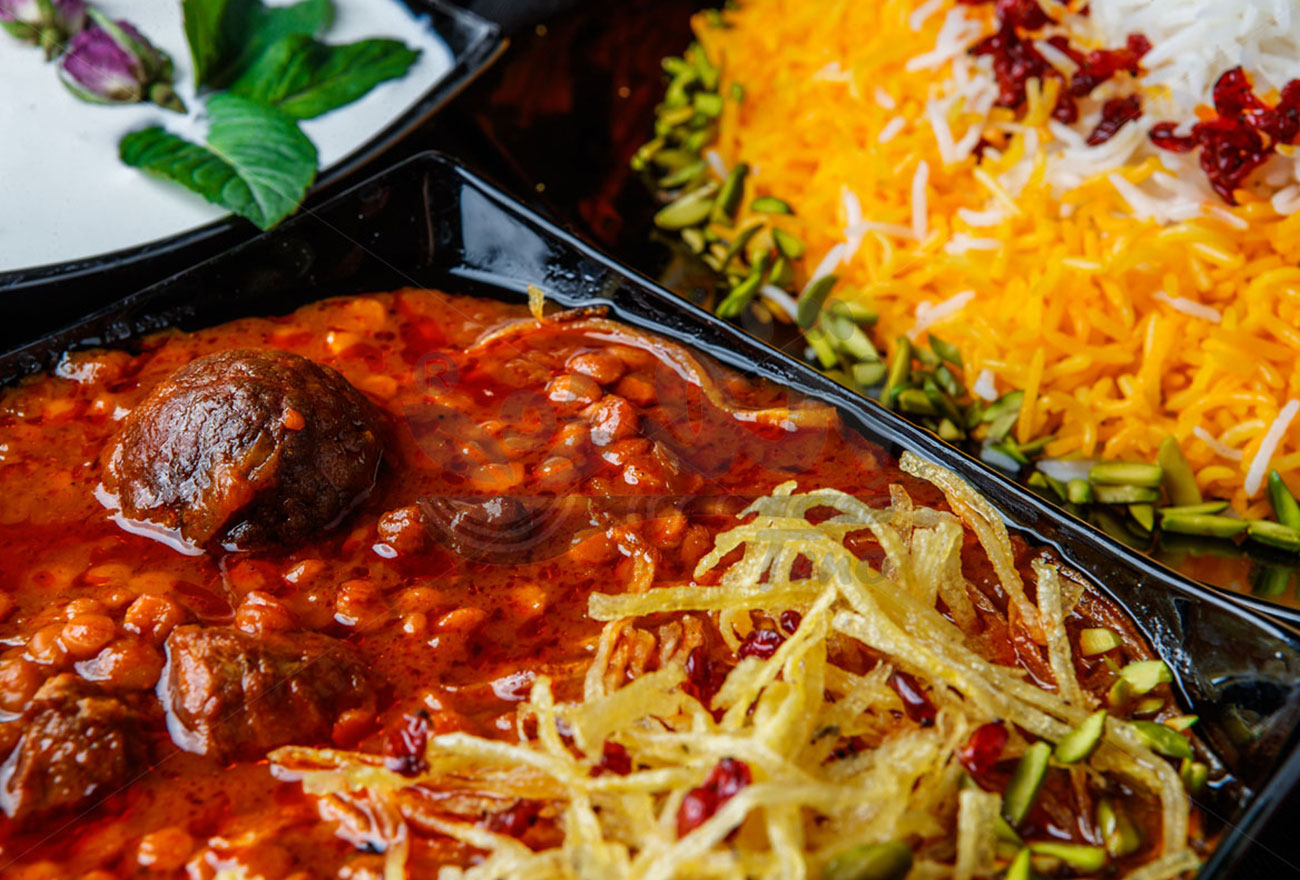
The Art of Preparing Chelow
Selecting the Rice
The quality of Chelow starts with the selection of rice. Long-grain varieties such as Basmati or Dom Siah (a Persian rice variety) are preferred for their aroma, length, and ability to remain separate when cooked. The grains should be unbroken and uniform in size to ensure even cooking.
Washing and Soaking
The first step in preparing Chelow involves thoroughly washing the rice to remove excess starch, which helps achieve the desired fluffiness. The rice is rinsed several times until the water runs clear. After washing, the rice is soaked in salted water for several hours, which helps to expand the grains and reduce cooking time.
Parboiling the Rice
The soaked rice is then parboiled in plenty of boiling water until the grains are partially cooked. The rice should be tender yet firm, with the outer layer soft and the inner core slightly hard. This process usually takes about 5 to 7 minutes. The parboiled rice is then drained and rinsed with cold water to halt the cooking process.
Steaming the Rice
Steaming is the crucial final step that transforms the parboiled rice into Chelow. A heavy-bottomed pot is used to ensure even heat distribution. The pot is heated with a bit of oil or butter, and the drained rice is layered into the pot. The pot is covered with a tight-fitting lid, often wrapped in a cloth to absorb excess steam and prevent it from dripping back onto the rice.
The rice is steamed over low heat, allowing it to cook slowly and evenly. The key is to create a crust, known as tahdig, at the bottom of the pot. This golden, crispy layer is a prized part of the dish and is carefully monitored to avoid burning. The steaming process typically takes 45 minutes to an hour.
Finishing Touches
Once the rice is perfectly steamed, it is gently fluffed with a fork to separate the grains. Saffron-infused water is often drizzled over the top to add a rich aroma and vibrant color. The rice is then served on a platter, with the golden tahdig carefully removed and placed on top or served separately.
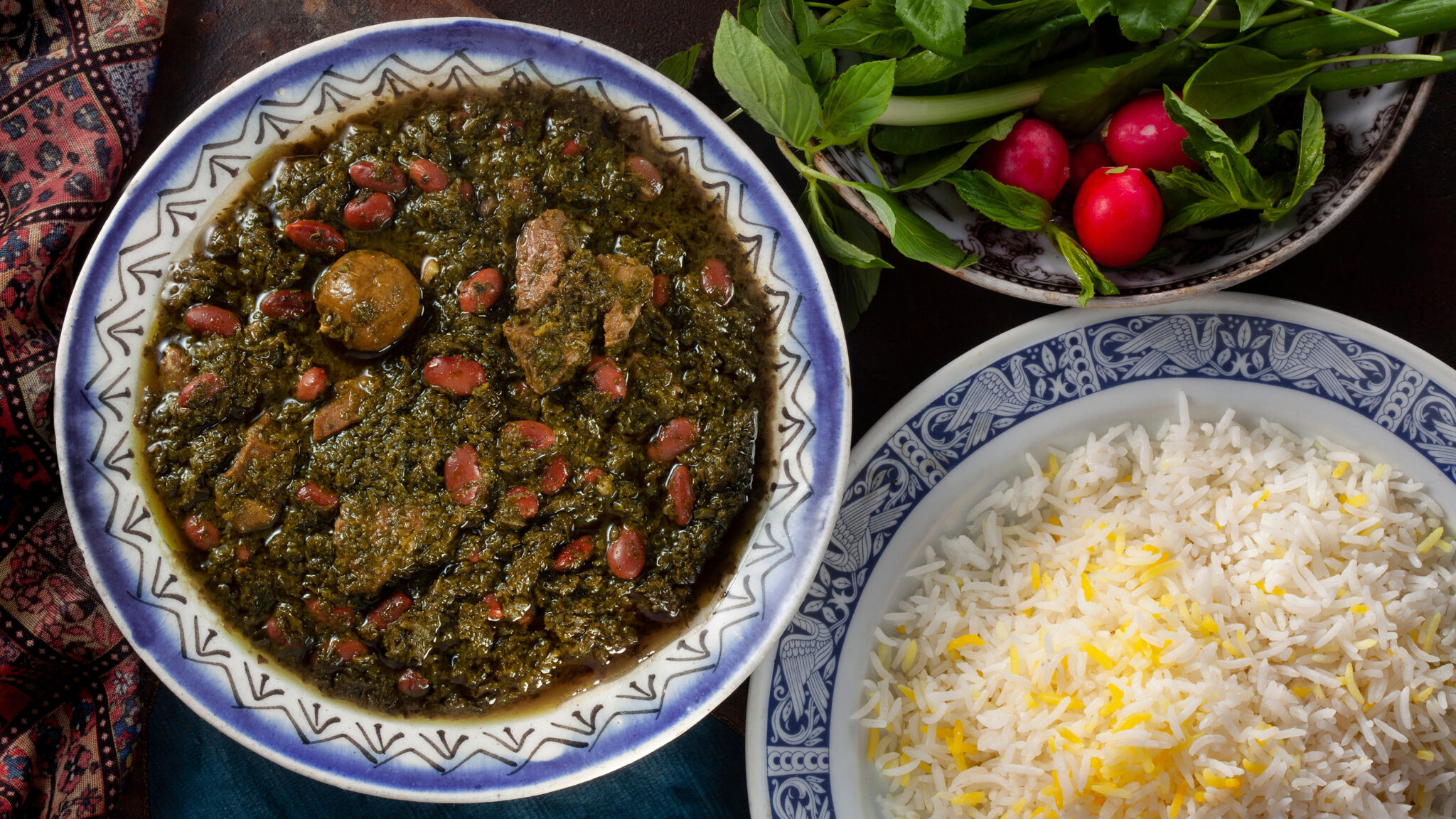
Variations of Chelow
Saffron Chelow
Saffron Chelow is perhaps the most famous variation, where saffron is infused into the rice, giving it a fragrant aroma and a striking golden hue. This luxurious version is often reserved for special occasions and is served with elaborate dishes like kebabs or festive stews.
Shirin Polo
Shirin Polo, or “sweet rice,” is a festive variation of Chelow, often prepared for weddings and celebrations. It is made with rice cooked with orange zest, almonds, pistachios, and sometimes barberries. The dish is lightly sweetened and often paired with savory meat dishes, creating a delightful contrast of flavors.
Baghali Polo
Baghali Polo is a herb-infused rice dish made with dill and fava beans. This aromatic rice is typically served with lamb or chicken, making it a popular choice for family gatherings and special meals. The fresh herbs add a burst of flavor and color to the rice, making it visually appealing and delicious.
Albaloo Polo
Albaloo Polo is a unique and vibrant variation made with sour cherries. The tartness of the cherries balances the richness of the rice, and it is often served with chicken or meatballs. This dish is particularly popular during cherry season and is cherished for its unique flavor profile.
Regional Variations
Northern Iran
In Northern Iran, particularly along the Caspian Sea, rice dishes like Chelow are often flavored with fresh herbs, garlic, and sometimes fish. The region’s fertile lands provide an abundance of fresh produce, which is incorporated into the rice dishes, adding a unique regional touch.
Southern Iran
Southern Iranian cuisine, influenced by the Persian Gulf, features rice dishes with bold spices and seafood. Chelow in this region may be served with spiced shrimp or fish, reflecting the area’s coastal flavors and culinary traditions.
Western Iran
In Western Iran, including the Kurdish regions, rice is often accompanied by robust meat dishes and dairy products. Chelow served with lamb ribs or chicken marinated in yogurt showcases the hearty and flavorful cuisine of this region.
Eastern Iran
Eastern Iran, influenced by neighboring Afghanistan and Pakistan, incorporates a mix of spices and flavors into its rice dishes. Chelow in this region might feature a blend of spices like cardamom and cumin, adding a distinctive eastern touch to the traditional Persian rice.
The Role of Chelow in Iranian Celebrations
Nowruz (Persian New Year)
Nowruz, the Persian New Year, is one of the most important celebrations in Iran, and Chelow plays a central role in the festive meals. Sabzi Polo Mahi, a herb rice dish with fish, is traditionally served during Nowruz, symbolizing prosperity and abundance for the coming year.
Weddings
Iranian weddings are grand affairs, and the food served reflects the joyous occasion. Chelow Kebab, often featuring multiple types of kebabs, is a staple at wedding feasts, showcasing the richness and hospitality of Persian culture.
Religious Festivals
During religious festivals like Ramadan, iftar meals often include Chelow paired with various stews and kebabs. The dish provides a comforting and satisfying meal to break the fast and is shared among family and friends, reinforcing the communal aspects of these celebrations.
Chelow in Modern Iranian Cuisine
Contemporary Interpretations
Modern Iranian chefs are innovating within the traditional framework of Chelow, creating contemporary dishes that honor the classic methods while incorporating new ingredients and techniques. These modern interpretations are served in upscale restaurants and featured in culinary competitions, highlighting the versatility and timeless appeal of Chelow.
Global Influence
As Iranian cuisine gains international recognition, Chelow is being introduced to global audiences through Persian restaurants and food festivals around the world. This global exposure not only preserves the culinary traditions but also allows people from different cultures to experience the elegance and complexity of Persian rice dishes.
Home Cooking
Despite the rise of contemporary interpretations and global influence, the tradition of preparing Chelow at home remains strong. Home cooks continue to pass down the techniques and recipes through generations, ensuring that the art of making perfect Chelow is preserved and cherished in Iranian households.
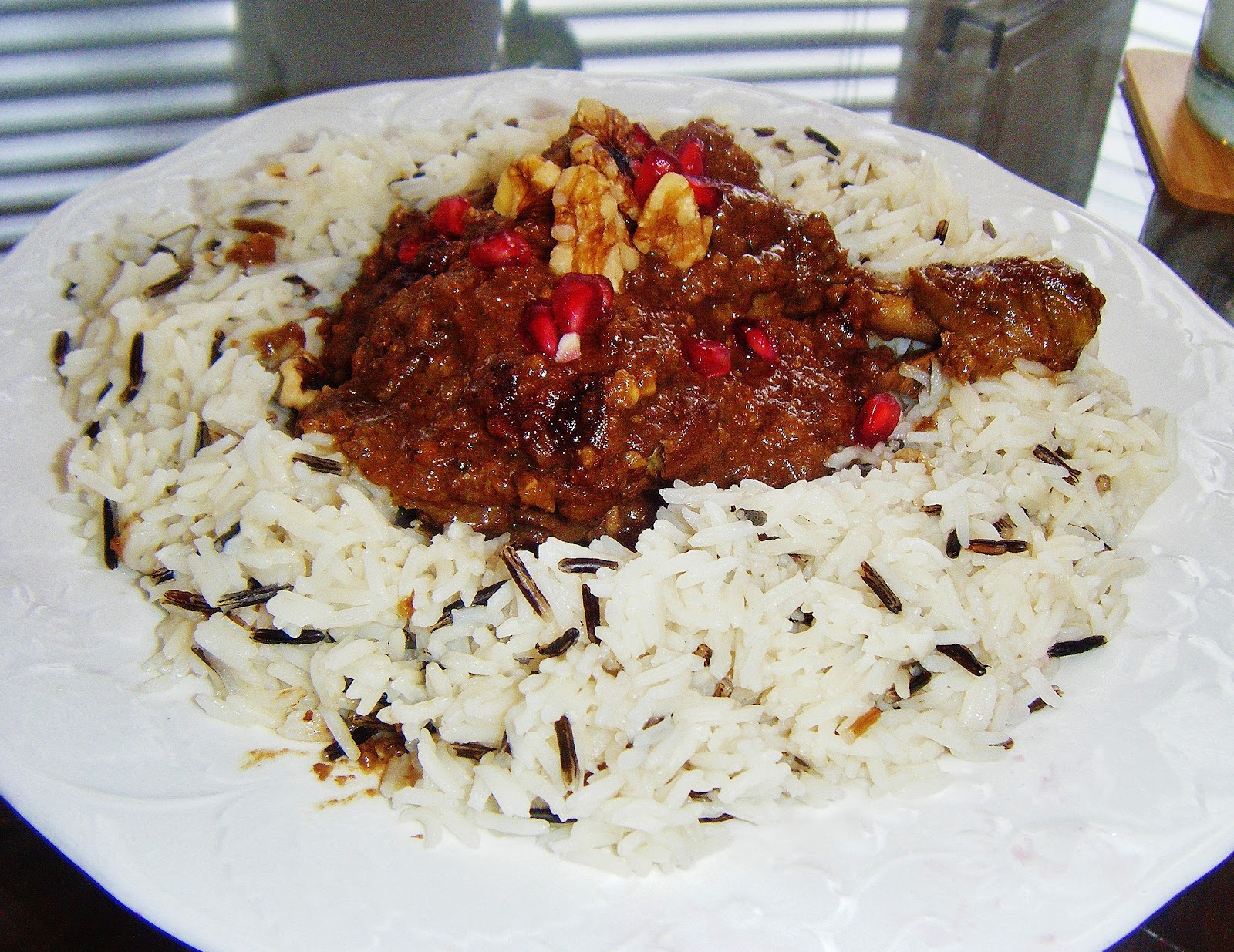
Practical Tips for Making Perfect Chelow
Choosing the Right Pot
Selecting the right pot is crucial for making this food. A heavy-bottomed, non-stick pot helps distribute heat evenly and prevents the rice from sticking or burning. A pot with a tight-fitting lid is essential for trapping steam and cooking the rice evenly.
Timing and Temperature
The key to perfect Chelow lies in the timing and temperature. Parboiling the rice just right, draining it promptly, and then steaming it over low heat ensures that the grains remain separate and fluffy. Monitoring the tahdig to achieve a golden, crispy crust without burning requires practice and patience.
Enhancing Flavor
Using high-quality saffron and properly infusing it with hot water or milk before adding it to the rice enhances the flavor and color of Chelow. Additionally, incorporating a bit of butter or oil during the steaming process adds richness to the dish.
Experimenting with Ingredients
While traditional Chelow is simple and elegant, experimenting with different herbs, spices, and accompaniments can create new and exciting variations. Adding nuts, dried fruits, or fresh herbs to the rice can enhance its flavor and texture, allowing for personal creativity within the traditional framework.

Conclusion
This food, with its delicate preparation and rich cultural significance, is much more than just a rice dish in Iranian cuisine. It embodies the elegance, precision, and hospitality that define Persian culinary traditions.
From its historical roots and regional variations to its role in celebrations and modern interpretations, Chelow continues to be a beloved and essential part of Iranian food culture. As we explore and appreciate the art of making perfect Chelow, we gain a deeper understanding of the rich culinary heritage and the timeless appeal of Iranian cuisine. Whether enjoyed at a family gathering, a festive celebration, or a contemporary restaurant, Chelow remains a testament to the enduring legacy of Persian cooking and the universal joy of sharing a delicious meal.

